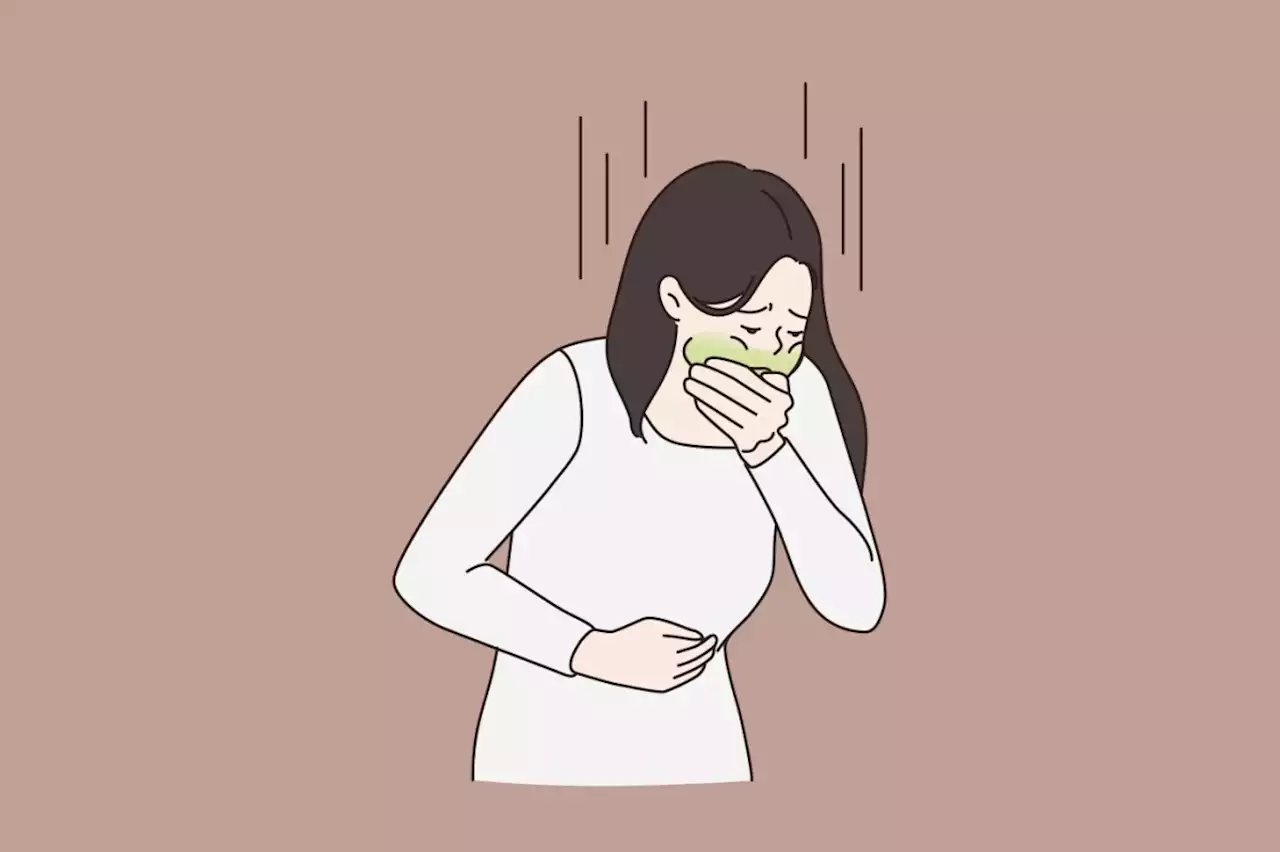Scientists map neural pathways that lead to vomiting after eating contaminated food Brain GutBrainAxis Neurology Nausea Toxin Vomiting CellPressNews
By Dr. Liji Thomas, MDNov 6 2022Reviewed by Benedette Cuffari, M.Sc. In most cases, the presence of toxins in food can cause nausea and vomiting. These are bodily defenses aimed at minimizing the duration of exposure to the toxin. The pathways by which the brain detects the presence of such toxins and synchronizes various defenses remain poorly understood.
Introduction Retching and vomiting involve motor responses that are reflexively triggered, though initiated by the brain. These are accompanied by the sensation of nausea, thus helping the individual to identify the toxic substance so that they can avoid it in the future. This phenomenon is known as conditioned flavor avoidance .
Mice were exposed to staphylococcal enterotoxin A , which causes food poisoning and vomiting. This was found to induce a peculiar mouth-opening response that lasted approximately five times longer, as well as a wider stretch of the jaw, than spontaneous responses. This resembled retching-like behavior and was accompanied by synchronous electromyogram findings of the diaphragm and abdominal muscles.
Neuroscience eBook Compilation of the top interviews, articles, and news in the last year. Download a copy today Using genetic labeling methods, a population of Hrt3a+ neurons was identified. These sensory vagal neurons carry signals triggered by toxins when they encounter enterochromaffin cells. These signals eventually reach Tac1+ neurons in the DVC.
A single-synapse long pathway was found to be directly linked with Tac1+ neurons to specific Hrt3a+ vagal sensory neurons on the same side and several brain areas. These vagal neurons appear to respond to 5-HT from the enterochromaffin cells, the nerve endings of 5-HT being in close proximity to enterochromaffin cells. Moreover, the enterochromaffin cells likely mediate a selective response to SEA.
DVC neurons project to different areas of the brain, depending on their location in the DVC. As a result, different subsets caused selective retching or CFA in response to SEA.
